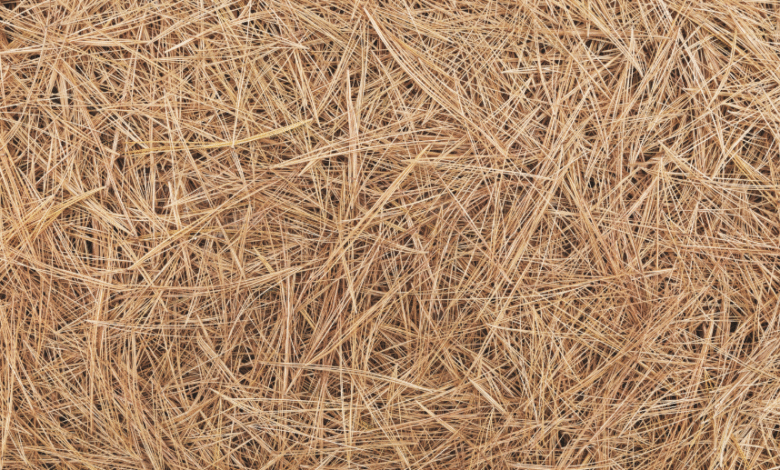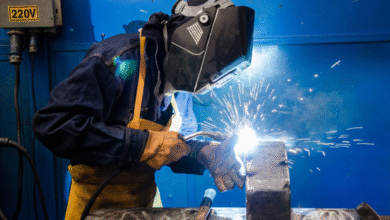The Benefits of Using Pine Straw for Slopes and Hard-to-Reach Areas

In challenging landscapes like slopes, embankments, or tight corners, mulch selection can make or break the long-term success of your project. Many professionals rely on pine straw delivery for these tricky areas because pine straw is lightweight, easy to maneuver, and locks into place—making it ideal for erosion-prone or uneven terrain. Its natural texture helps it stay put, even on steep grades, without the need for extra tackifiers or netting.
Erosion Control and Soil Stabilization
Pine straw is particularly effective in preventing soil erosion on sloped landscapes. Once installed, the interlocking needles form a dense mat that holds soil in place while still allowing water to penetrate. This structure helps reduce runoff and encourages slow water absorption, which supports plant health and minimizes washouts.
In gardens where slope control is critical, it outperforms loose mulch types that may scatter in heavy rain or strong winds. Because of its minimal shifting and deep coverage, pine straw remains a go-to solution for both residential and commercial applications in hilly or elevated environments.
Accessibility and Application in Tight Spaces
Unlike bulky mulches or bark chips, pine straw can be easily applied by hand to tight or narrow areas. Landscapers prefer it for corners around hardscape, tree wells, and densely planted beds where maneuvering other materials would be impractical.
It’s also easier to transport in large quantities without requiring specialized equipment. For those unsure whether pine straw is a better fit than other organic materials, comparing the pros and cons of pine straw vs wheat straw can provide useful insights, particularly in terms of longevity, appearance, and effectiveness in varied climates.
Sustainability and Landscape Health
Pine straw is not only functional but also environmentally responsible. It’s a renewable resource collected from naturally shed pine needles, requiring no trees to be cut down. This makes it a sustainable option for eco-conscious projects and green-certified properties.
When left in place over time, pine straw breaks down slowly and adds organic matter to the soil, improving long-term fertility. It doesn’t compact heavily, so roots still receive oxygen, and it suppresses weed growth without harsh chemicals. As discussed in this breakdown of why pine straw is a sustainable choice, its environmental benefits go hand-in-hand with its practical applications.
Low-Maintenance Appeal for Professionals
Pine straw offers a professional finish with minimal upkeep. Its uniform look provides clean, defined edges for landscaped areas, while its lightweight nature makes reapplication or seasonal refreshes simple. It also doesn’t float or displace easily during storms, reducing the need for frequent touch-ups.
Because of its appearance, resilience, and accessibility, many landscaping crews prioritize pine straw when working with complex terrain or under time constraints. It’s a cost-effective, reliable material that performs consistently across a wide range of landscape types.
Conclusion
For areas where other mulches fall short, pine straw delivers both function and form. Its ability to stabilize slopes, reach confined spaces, and support sustainable landscaping practices makes it an indispensable tool for professionals. Whether used for erosion control, aesthetic improvement, or environmental benefit, pine straw remains one of the most versatile mulching options available.





